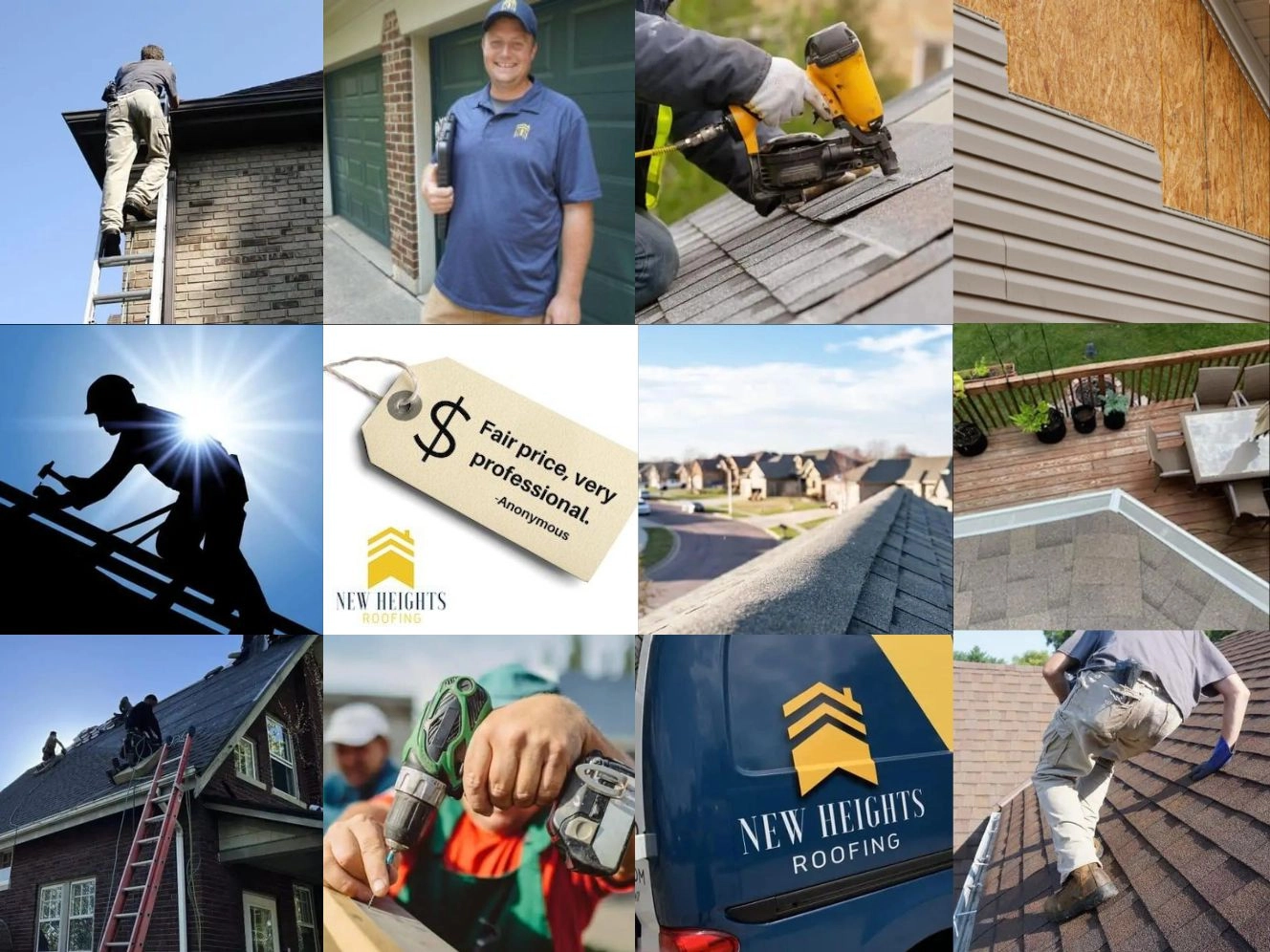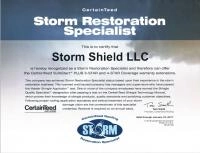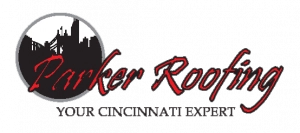Signs You May Need Gutter Guards
Gutter guards aren't always necessary, but evidence of clogged gutters is clear. Signals of ongoing gutter troubles are:
- Leaky seams or joints where water leaks out of gutters
- Mold growth, peeling exterior paint, or interior water stains on walls near gutters.
- Soggy ground or visible erosion around your home's foundation
- Visibly saggy, damaged, or misaligned gutters that no longer direct rainwater correctly
- Frequent clogs that lead to overflow and water spilling over gutters
How To Choose a Gutter Guard Installer
Assess Their Experience
The right installation company will have extensive experience, including multiple years in business and experience with several brands and models. Experienced companies can properly measure and install gutter guards to meet your distinct needs. Inquire about how long a company has been providing installations and request referrals from local customers.
Verify Proper Licensing and Insurance
When getting in touch with potential installation providers, always make sure that they are licensed, bonded, and insured with both workers compensation and general liability protection. This protects you if any accidents or injuries occur. Ask for current licensing and insurance papers from potential providers.
Choose Reputable Brands
Look for companies that carry top gutter guard brands like LeafFilter and Gutter Helmet. Avoid companies that only install generic no-name guards or their own off-brands, which may not have gone through the same level of rigorous testing.
Seek Custom Fit Services
For the best performance, gutter guards should have to be measured and fitted on-site to match your gutters. Select a company that takes custom measurements and trims guards for your house instead of using universal guards. Properly-fitted guards avoid debris-trapping gaps.
Examine Warranties
Top gutter guard companies often offer 20-year or lifetime warranties covering clogs, rust, leaks, and other defects. Before selecting a provider, closely inspect its warranty terms for workmanship and materials guarantees. Warranties are the most effective way to protect your gutter investment.
Check Reviews and Referrals
Take some time to look at online reviews on Yelp, Google Reviews, the Better Business Bureau (BBB), and other review sites to find customer feedback. Ask neighbors which companies they recommend for quality local gutter guard installation. When researching, look for providers with consistently good feedback rather than only one or two sporadic reviews.
Types of Gutter Guards
There are six primary gutter guard types. These include the following:
- Brush guards are made of large brush bristles that partially obstruct your gutters, allowing water to pass through while catching debris. Brush guards cost roughly $4.04 per linear foot.
- Foam guards are lightweight and easy to install. The foam collects debris and keeps it out of your gutter. On average, you can expect to pay $2.46 per linear foot for foam guards.
- Screen guards have large holes that allow water to pass through while keeping out debris. On average, you can expect to pay $4.26 per linear foot for screen guards.
- Mesh guards have smaller holes than screen guards and similarly block debris while allowing water to flow through. Mesh guards are durable and help debris slide off rather than sit on top of your gutters. On average, you can expect to pay $4.03 per linear foot for mesh guards.
- Micro-mesh guards have even smaller holes than mesh guards, letting even less debris through than mesh. They are very effective. Micro-mesh guards cost roughly $5.12 per linear foot.
- Surface tension guards, also called reverse curve guards, use surface tension to allow water to flow into gutters while debris slides off. Typically, they are visible from the ground. Surface tension guards cost around $3.14 per linear foot.













